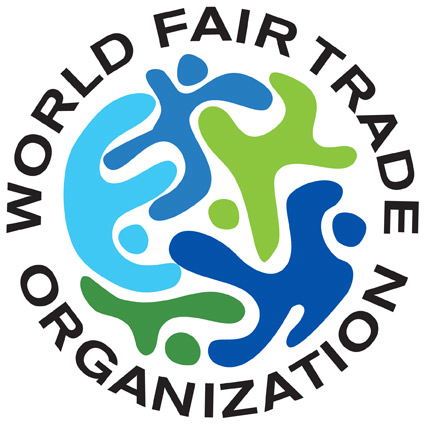

This year three of our artisan partners, Cecilia from San Juan, Elena from Chichicastenango and Matea from Chuacruz, had the opporunity to be part of the Smithsonian National Museum of the American Indian’s 2016 Hispanic Heritage Month. The specific program, “Maya Creativity and Cultural Milieu,” took place September 10th and 11th in New York City and September 16th through the 18th in Washington, DC.
We talked with these women about their journey, their impressions and their experiences:
Elena: I liked it a lot, especially the flying. It was my first time on a plane and I was really nervous, but as soon as the plane took off, I felt really safe and I enjoyed it a lot. I am also thankful that I could show people backstrap weaving and teach them about this process and how much time it take to make one product.
Cecilia: I also liked it a lot; we saw a lot of beautiful places that are so different from my home in Guatemala. The people were really friendly and asked many questions about weaving, our country and our lives.
Matea: I was really nervous at the beginning. I even called my son from the airport, who told me that everything was going to be okay, so I relaxed and enjoyed the flight. I also enjoyed seeing the different places like Times Square in New York or the White House in Washington DC. I had only seen those places on television before, and I couldn´t believe that such big buildings existed in our world. The people there must have a lot of knowledge and money to build such huge cities.

Cecilia: I learned a little bit of English from talking to the visitors, for example saying “Good Morning.” And I also discovered a lot of different foods, like Chinese and Cuban food and huge pizzas.
Matea: Through this journey I realized that every country is different, with its own culture. I also learned a lot about and from the people, who were talking to me at the museum. We talked about their country and the weaving. I have worked for Maya Traditions for a long time, but I never could have imagined getting this opportunity.
Elena: The most important thing I learned was about traveling abroad, the process at the airport, finding the right gate, and flying in the plane.
Matea: All the lights and noises at night—it seems like people never sleep in New York City. In Washington DC it wasn´t that loud and was more relaxed, but still very different from the places I know in Guatemala.
Elena: There were a lot of new things: the big cities with the huge buildings, the broad streets with so many cars, but still everything was in order and structured with the traffic lights. We also visited the Memorial of Abraham Lincoln, the Statue of Liberty, Chinatown and the World Trade Center. There was also this delicious drink called Piña Colada, but mine was “sin alcohol,” of course.
Cecilia: I was really surprised by the fast train. We don´t have a train system in Guatemala, so it was a new experience for me. Also staying at a hotel and meeting so many friendly people.

Elena: The garbage and the polution in the cities. Sometimes it was also really loud, and there were only a few green places or parks.
Cecilia: Sometimes it was hard for us because we didn´t understand the language. Even to order food or drinks, it happened that we ordered something wrong or even drinks with alcohol. Because of the language barrier we also couldn´t communicate everything we wanted to explain to the visitors.
Matea: I didn´t liked the food; I really missed my Tortillas. It also cost me a lot of effort to speak to the people as many didn´t undestand Spanish, so I couldn´t really express myself.
Elena: I would like to show more things from our culture, like the Maya dance. The Maya culture is very versatile, and it could be really interesting for people who want to learn more about it.
Cecilia: It would be great to have more interchange with the visitors and the people by having more translators helping us.
Matea: I just want to say that everything was really well organized, and it was helpful that Marisol went with us and helped us with all the big and little things of daily life. It was a great opportunity for the three of us.


Member of the
World Fair Trade Organization